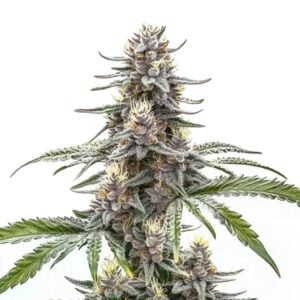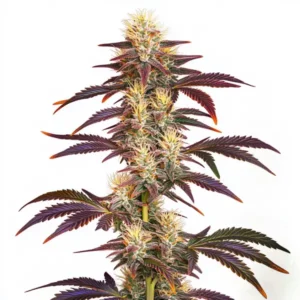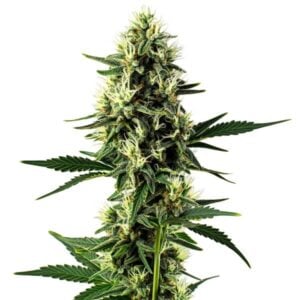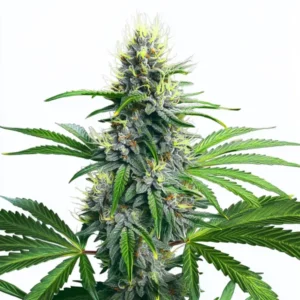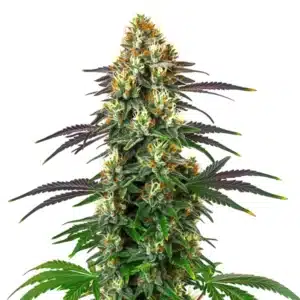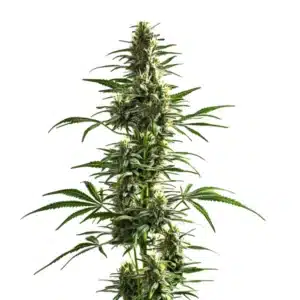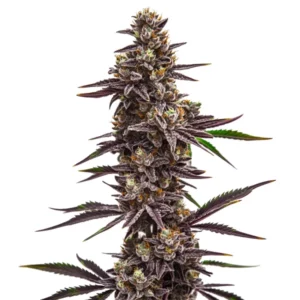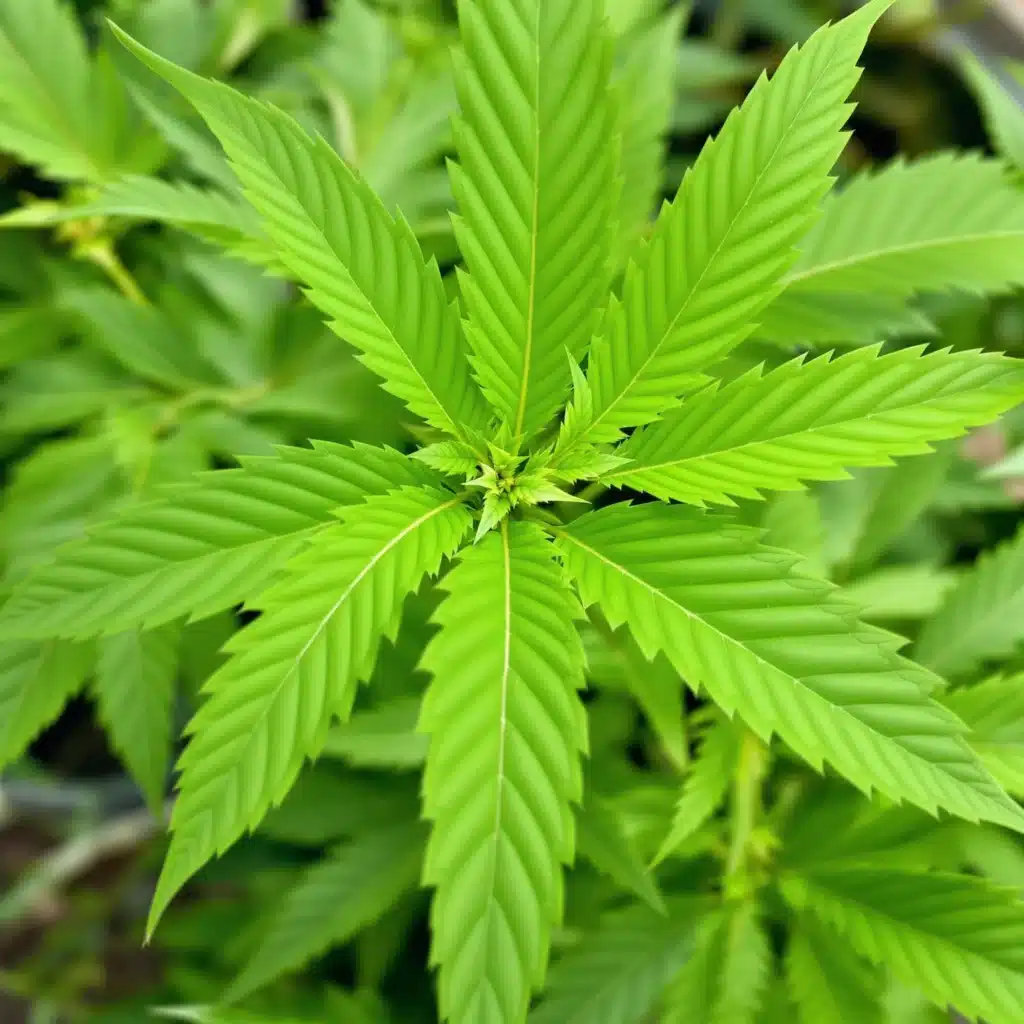
The Basic Cannabis Nutrients Every Grower Should Know
Basic Cannabis Nutrients for Optimal Growth
What Are the Essential Nutrients for Cannabis?
Cannabis plants, like all plants, require specific nutrients to grow strong, healthy, and productive. These nutrients can be divided into two categories: macronutrients and micronutrients. Macronutrients are needed in larger quantities, while micronutrients are essential but required in smaller amounts. Knowing these basic cannabis nutrients is the first step toward cultivating a successful crop.
The primary macronutrients for cannabis are nitrogen (N), phosphorus (P), and potassium (K), collectively known as NPK. These elements are critical for plant growth, and their ratios vary depending on the growth stage. Micronutrients, such as calcium, magnesium, and iron, play supporting roles that ensure overall plant health.
Recommended Strains
Cannatonic
|
|
THC | 4% - 6% (Low) |
|
|
Type | Feminized |
|
|
Yield | High |
|
|
Phenotype | 50% Indica / 50% Sativa |
Grape Ape
|
|
THC | 15% - 25% (Medium) |
|
|
Type | Feminized |
|
|
Yield | High |
|
|
Phenotype | 90% Indica / 10% Sativa |
Macronutrients: NPK (Nitrogen, Phosphorus, Potassium)
Nitrogen (N) is essential during the vegetative stage. It helps plants develop lush, green foliage and strong stems. Without sufficient nitrogen, plants may show yellowing leaves and stunted growth.
Phosphorus (P) is crucial for root development and flowering. It promotes the formation of strong roots early in the growth cycle and later supports the development of dense buds during flowering. Deficiencies can lead to weak roots and poor flower production.
Potassium (K) plays a vital role in overall plant health and the development of flowers. It regulates water uptake, strengthens plant tissues, and improves resistance to diseases and pests. Low potassium levels can result in weak plants and lower yields.
Micronutrients in Cannabis Growth
Micronutrients include calcium, magnesium, iron, zinc, copper, and boron. While these are needed in smaller amounts, they are equally important. For example, calcium strengthens cell walls, magnesium is essential for photosynthesis, and iron aids in chlorophyll production. Deficiencies in these micronutrients can lead to symptoms like yellowing leaves, curling, or poor bud formation.
Promos & Deals
Importance of Nutrients in Different Growth Stages
Nutrient Needs During the Vegetative Stage
During the vegetative stage, cannabis plants focus on developing strong roots, stems, and leaves. At this stage, a nutrient mix rich in nitrogen is critical. Nitrogen encourages lush foliage, which helps plants capture more light and grow vigorously. Phosphorus and potassium are also needed but in smaller amounts compared to nitrogen.
Monitoring the plant’s response to feeding during this stage can help you adjust nutrient levels to prevent deficiencies or excesses. Ensuring the soil’s pH level is within the optimal range of 6.0 to 7.0 ensures that nutrients are absorbed effectively.
Essential Nutrients for the Flowering Stage
As cannabis transitions to the flowering stage, its nutrient needs shift. Phosphorus and potassium become more important, supporting flower development and resin production. Reducing nitrogen levels during this stage helps the plant focus on bud growth rather than foliage.
A balanced feeding schedule that prioritizes phosphorus and potassium promotes larger, denser buds and improves cannabinoid and terpene production. Proper nutrient management during flowering is crucial for maximizing yield and quality.
Adjusting Nutrient Levels for Healthy Development
Cannabis plants’ nutrient requirements vary depending on their growth stage. Regularly adjusting nutrient levels ensures plants receive the right balance of macronutrients and micronutrients. Overfeeding or underfeeding can lead to deficiencies or toxicities, both of which hinder growth and reduce yield.

Types of Cannabis Nutrients
Organic vs. Synthetic Nutrients
Organic nutrients are derived from natural sources like compost, bone meal, and fish emulsion. They improve soil health and encourage beneficial microbial activity. While organic nutrients release more slowly, they are environmentally friendly and result in better-tasting buds.
Synthetic nutrients are man-made and provide immediate availability to plants. They are easier to measure and apply, making them popular among commercial growers. However, improper use of synthetic nutrients can harm soil health and the environment.
Liquid Nutrients vs. Dry Amendments
Liquid nutrients are easy to mix and apply, offering precise control over feeding schedules. They are ideal for hydroponic systems and soil grows that require immediate nutrient availability.
Dry amendments, such as powdered fertilizers, release nutrients more slowly. They are often used in organic setups where growers prefer a “set-it-and-forget-it” approach. Both options can be effective, depending on your growing method and preferences.
pH in Nutrient Absorption
Maintaining the correct pH level is essential for nutrient uptake. Cannabis plants absorb nutrients best in slightly acidic conditions, with an optimal pH range of 6.0 to 7.0 for soil and 5.5 to 6.5 for hydroponic systems. Using a pH meter to monitor and adjust the pH of your nutrient solution prevents nutrient lockout, where plants cannot absorb essential elements.
Common Nutrient Deficiencies and How to Fix Them
Recognizing Signs of Nutrient Deficiency
Nutrient deficiencies often manifest as visible symptoms on the plant. For example:
- Nitrogen deficiency causes yellowing of older leaves and stunted growth.
- Phosphorus deficiency results in dark green or purple leaves and weak stems.
- Potassium deficiency leads to browning or curling leaf edges.
Identifying these signs early allows growers to adjust feeding schedules and correct deficiencies before they impact yield.
Solutions for Nitrogen, Phosphorus, and Potassium Deficiencies
Addressing nutrient deficiencies involves adjusting the nutrient mix or using supplements. For nitrogen deficiencies, apply a fertilizer with higher nitrogen content. For phosphorus, choose a bloom booster rich in phosphorus and potassium. Potassium deficiencies can be resolved with supplements like potassium sulfate.
Flush the growing medium with pH-balanced water before applying new nutrients to avoid nutrient burn or further imbalances.
Preventing Overfeeding and Nutrient Burn
Overfeeding can cause nutrient burn, characterized by brown or burnt leaf tips. To prevent this, start with a diluted nutrient solution and gradually increase the concentration as the plants grow. Regularly flushing the medium with plain water removes excess salts and prevents buildup.
Best Practices for Feeding Cannabis Plants
How to Create a Feeding Schedule
A feeding schedule outlines when and how much to feed your plants based on their growth stage. During the vegetative stage, feed plants every 3-4 days with a nitrogen-rich mix. In the flowering stage, switch to a phosphorus and potassium-heavy formula. Always observe your plants for signs of overfeeding or deficiencies and adjust as needed.
Tips for Flushing Cannabis Plants Before Harvest
Flushing involves watering plants with plain, pH-balanced water to remove excess nutrients. This process, done 1-2 weeks before harvest, improves the flavor and smoothness of the final product. Flushing ensures that residual salts and nutrients are cleared, resulting in cleaner, better-tasting buds.
Tools and Techniques for Monitoring Nutrient Uptake
Using tools like pH meters and EC (electrical conductivity) meters helps monitor nutrient levels in your growing medium. These tools ensure that plants are receiving the correct concentration of nutrients. Regular testing and record-keeping allow growers to identify and resolve issues quickly, maintaining optimal plant health.
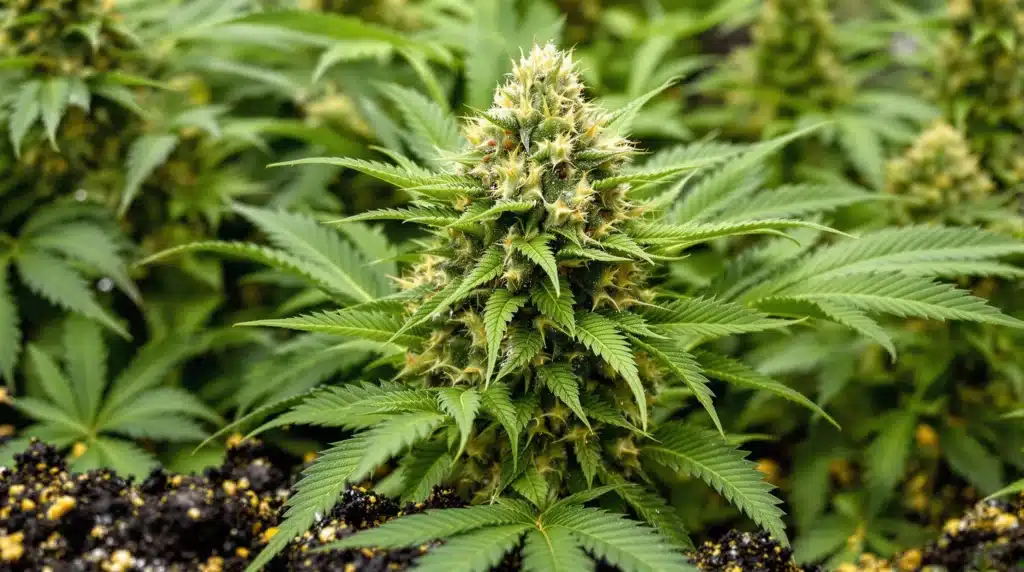
FAQs About Cannabis Nutrients
Can I use regular plant fertilizers for cannabis?
While regular fertilizers can work in some cases, they are not tailored to cannabis’ unique needs. Cannabis-specific nutrients ensure the proper balance of macronutrients and micronutrients for optimal growth and yield.
How often should I feed cannabis plants?
Feeding frequency depends on the growth stage and medium. In general, feed plants every 3-7 days, observing their response to avoid overfeeding or deficiencies.
What is the best nutrient balance for autoflowers?
Autoflowers thrive with a balanced mix of nutrients. During vegetative growth, prioritize nitrogen, then switch to phosphorus and potassium during flowering. Autoflowers are sensitive to overfeeding, so use diluted solutions and adjust as needed.


